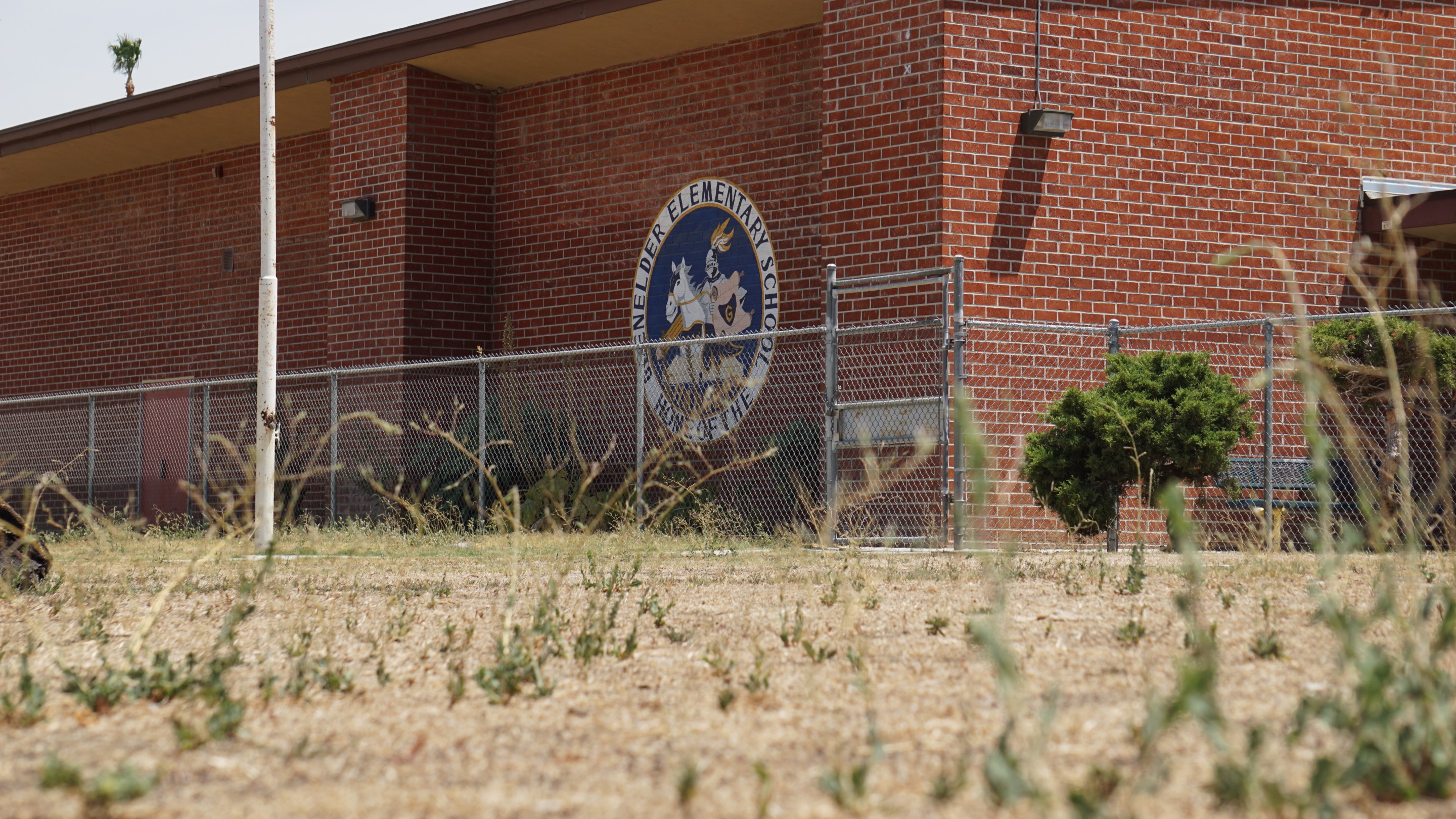The L.A. County Board of Supervisors denied an appeal by Hacienda Heights activists to subject an 85-unit condominium project to an environmental impact report. Everyone voted “Aye” except Supervisor Hilda Solis who abstained (Hacienda Heights is in her district).
The Glenelder Residential development is one of two former Hacienda La Puente Unified School District campuses that are being sold to the condo developer Lennar Homes LLC. Glenelder Elementary operated from 1980 to 2010, right off the busy industrial corridor on Gale Avenue, and is currently fenced off.
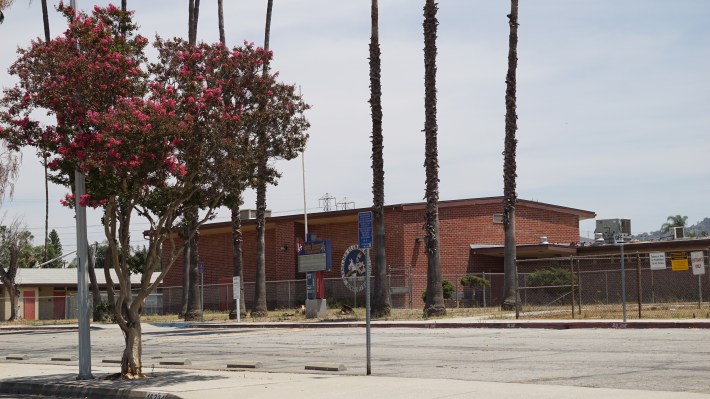
Residents and members of the Coalition Against Lennar called in to an appeal hearing on Tuesday, voicing concerns about gentrification, green space, traffic, density, and air quality. Here are a few of their comments:
“The project will not address the housing crisis. These are luxury condos that will sell for 1.2 million or more. These homes are not accessible to any of the members of this community.” – Maria Hernandez
“You’re going to add approximately 160 cars to very narrow streets.” – Adriana Quinones
“Our home is very humble with the best feature being the mountain view from our backyard with the open green space in the foreground… the 35-foot high proposed structures will be an overwhelming, concrete-stucco wall imprisoning us for life.” – Laura Farley
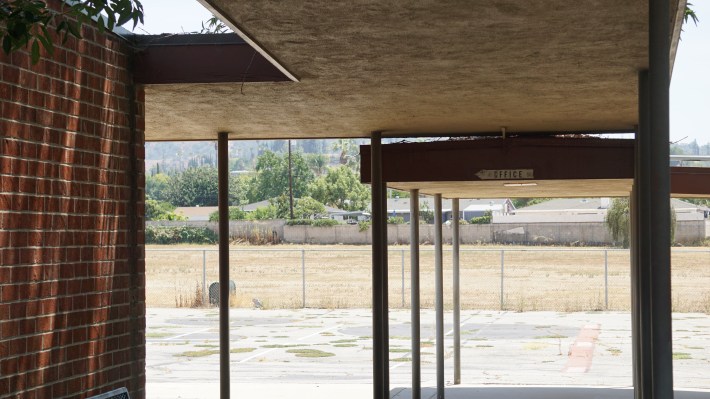
Solis acknowledged the concerns of two thousand residents who petitioned the Board of Supervisors for an environmental impact review of the development – a step beyond the project's mitigated negative declaration approved by the Regional Planning Commission. Before abstaining from the vote, Solis asked the RPC’s Director Amy Bodek whether this was necessary.
Bodek told the Supervisors that after the RPC looked at potential impacts, it decided “The project can mitigate all of the impacts that were identified throughout this environmental review process and therefore it’s an MND (mitigated negative declaration) and not an EIR (environmental impact review).”
An attorney for Lennar, Jennifer Hernandez, praised the County’s initial study. “This record is replete with substantial evidence by experts that confirm the absence of any significant adverse effects.”
HLPUSD’s Associate Superintendent of Business, Manoj Roychowdhury voiced opposition to the appeal and support for the sale agreement. “We see value in this project that will bring revenue to the district which will be in place for other district facility improvement as directed by our board of education. We also know that the project will attract new families to our district which will add students to our district in the future.”
Those who opposed the appeal mainly mentioned a need to build housing.
“In 2012, the median home price in the San Gabriel Valley was $425,000,” said Nayiri Baghdassarian, Director of Public Policy for the San Gabriel Valley Economic Partnership. “In 2021, it was $915,000 due in part to a lack of new home construction necessary to keep up with demand. The Lennar Glenelder project will […] address our critical housing needs, increase the county’s tax base, and provide more than $20 million in local school districts for facility improvements in the area.”
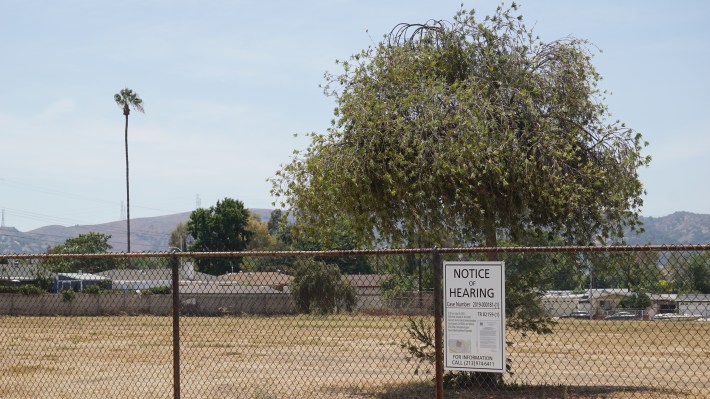
For months, the Coalition Against Lennar has lamented the imminent loss of Glenelder Elementary’s fenced-off fields where soccer practices have been held in the past. Coalition member Andres Abarca said the group has pushed the HLPUSD School Board “on keeping our green open space intact [...] for a public park, community center, sports complex, even a reopening of the school.”
To this end, Coalition also claimed the sale agreement was a violation of due process, specifically the Naylor Act.
The Naylor Act is meant to preserve “school playgrounds, playing fields, and recreational real property” by allowing “school districts to recover their investment in surplus property while making it possible for other agencies of government to acquire the property and keep it available for playground, playing field or other outdoor recreational and open-space purposes” (according to the Act’s first section).
The Coalition said HLPUSD notified the public of its sale agreement with Lennar by using an exemption waiver from the Naylor Act that expired in November 2018. Member Samuel Brown-Vazquez spoke on behalf of the group as appellant at the hearing. “A public records request with the school district has indicated that they cannot provide us with copies of the Naylor notices because they destroy all communication after two years.”
Bodek defended the district to a point, saying that while enforcing the Naylor Act isn’t within the County’s purview, HLPUSD and Lennar entered into their purchase and sale agreement in August 2018, three months before the exemption waiver expired. “Therefore,” Bodek said, “the school district contends that they are in compliance with the Naylor Act, and they are also in compliance with the Naylor Act because they did mail the subsequent public notices.”
When Solis asked what would be made available to the community in the field’s stead, Bodek said the complex will offer 16,000 square feet of open space to the public with play equipment, turf, and picnic/bbq areas. Also, County officials say Lennar Homes is paying almost $235,000 in Quimby fees to the County park system.
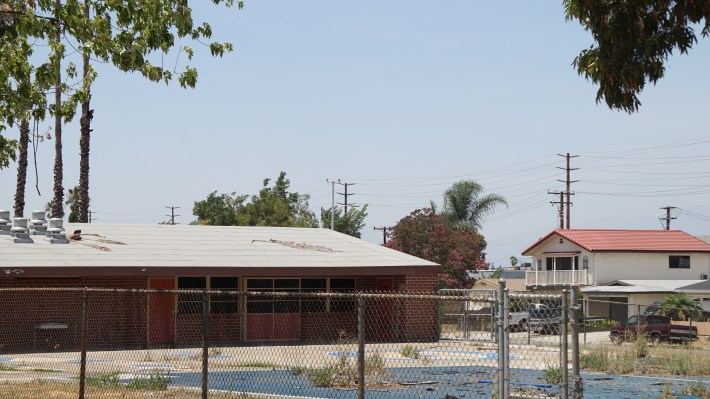
What about offsetting potential gentrification from the project? There won’t be any affordable units set aside in this building because the project application was submitted January 2019, prior to the county adopting its inclusionary housing ordinance in November 2020.
“While this project is consistent with the maximum density of the General Plan and Community Plan as well as County Code standards for subdivisions, it does not include affordable housing, which is critical in the First District,” said Solis in a statement to Streetsblog. “New housing can stabilize and allow communities to flourish, but only when a mix of housing types and affordability levels are provided to maximize diverse and healthy neighborhoods. Addressing the crisis of homelessness and affordable housing is a paramount issue for me and that is why I abstained during the vote.”
Streetsblog’s San Gabriel Valley coverage is supported by Foothill Transit, offering car-free travel throughout the San Gabriel Valley with connections to the new Gold Line Stations across the Foothills and Commuter Express lines traveling into the heart of downtown L.A. To plan your trip, visit Foothill Transit. “Foothill Transit. Going Good Places.”
Sign-up for our SGV Connect Newsletter, coming to your inbox on Fridays!
